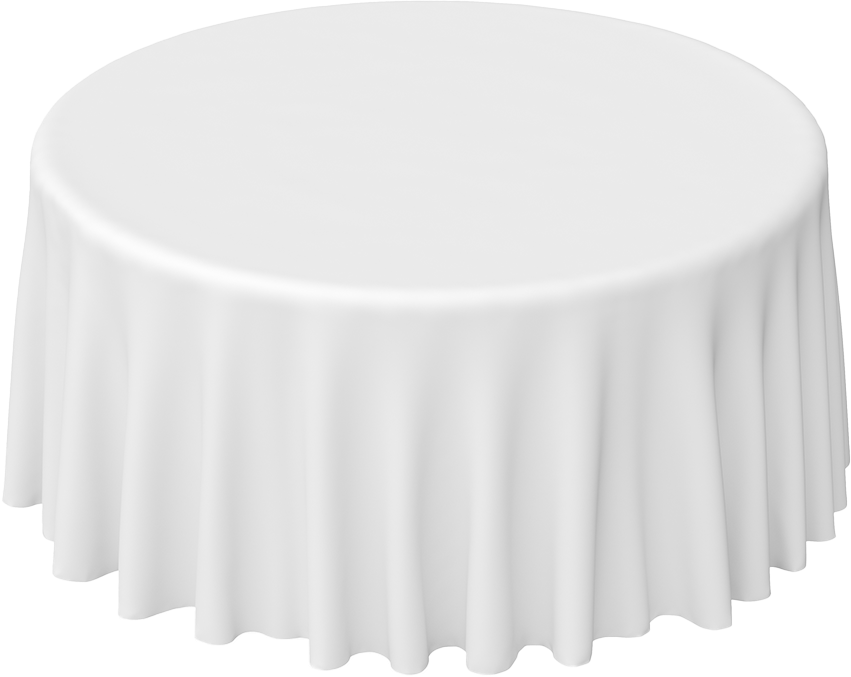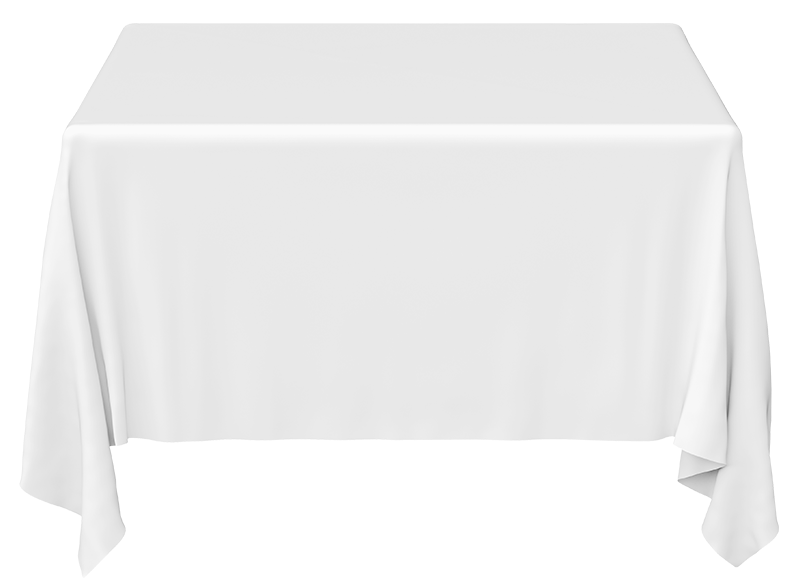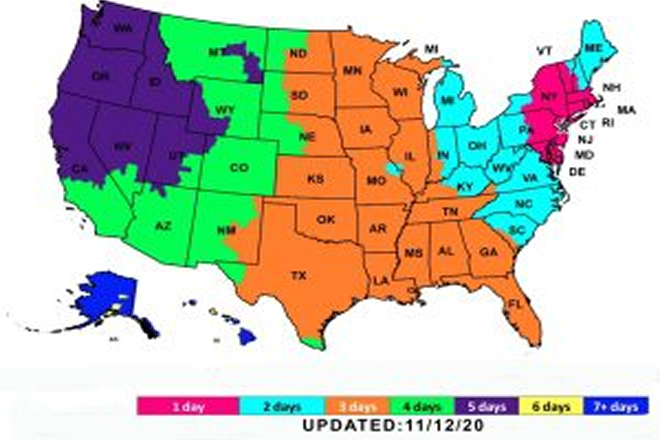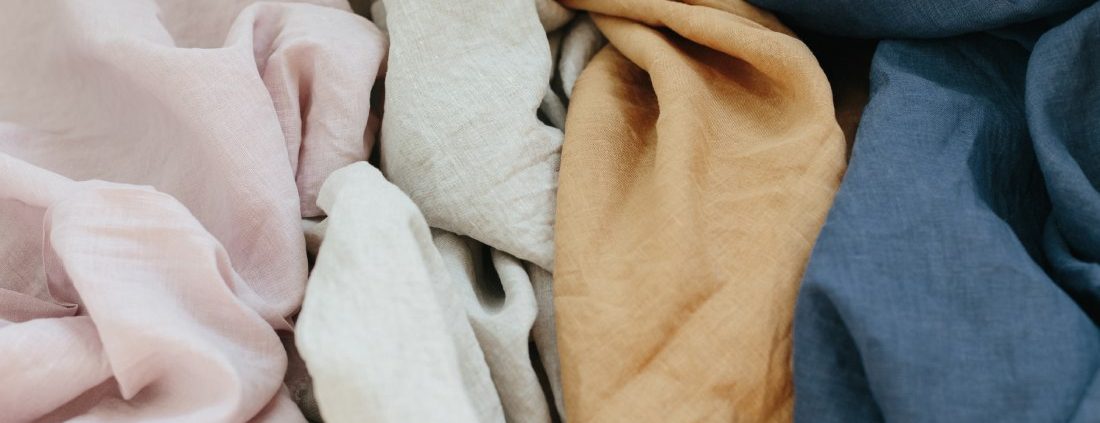Sustainable Linen Rental Options for Eco-Friendly Events
TL;DR: This blog explores how renting linens offers a truly eco-friendly linen option for events. It explains why sustainable linens come from reuse, efficiency, and waste reduction, whether the fabric is natural or synthetic.
- Renting extends linen lifespan, lowering demand for new textile production.
- Shared use reduces textile waste in landfills compared to single-ownership cycles.
- Industrial laundering saves water, energy, and detergent per piece versus home washing.
- Rental spreads the carbon footprint of manufacturing and logistics over many uses.
- Both natural and synthetic fabrics can be sustainable table linens if reused effectively.
- Quick facts: extending textile life by nine months cuts footprint by 20–30%; reusing 1 kg of fabric saves ~25 kg CO₂.
By choosing rental, event planners can confidently answer, “Is linen eco-friendly?” with a practical, planet-positive solution.
Sustainability is increasingly becoming a priority for Americans, including those planning weddings or events. After all, individuals want their celebration to reflect their lifestyle and to enjoy a decadent gathering without guilt. As a result, they may wonder about eco-friendly linens.
Is linen eco-friendly? And is eco-friendly linen fabric always the best route for conscientious event planners?
The truth is that there are many ways to choose sustainable linens for an earth-friendly wedding or event. For example, choosing sustainable table linens through rental can still make a big difference. Rental allows planners to reduce waste, use fewer resources, and choose reuse over single-use or frequent replacement.
In this guide, we’ll explore what makes linen rental a sustainable option. Continue reading to learn how to prioritize the planet when planning your next celebration.
Is Linen Rental More Sustainable?
Renting linens offers environmental benefits compared to buying new and own-and-discard cycles. These benefits apply even when renting materials that aren’t purely “natural,” such as synthetic tablecloths. In fact, synthetic fibers like polyester may hold up better and last longer, providing more long-term use.
Here are some more reasons why linen rental is more eco-friendly than alternatives.
Renting Linens Extends Their Lifespan
Rental providers reuse linens many times. They don’t toss out a tablecloth after a few events or let it go badly stained or damaged. Instead, the rental model ensures cleaning, repair, and reuse. This lowers demand for new textile production.
Renting Linens Reduces Waste
With rental, fewer linens get thrown away prematurely. Less textile waste ends up in landfills when items are shared among many events. That’s not the case when linens are owned by many individuals.
Renting Linens Involves More Efficient Laundering
Rental companies often run industrial laundry operations. Such operations are optimized for water usage, energy, and detergent in bulk. Per‐piece, these operations typically use less water and energy than small‐scale, home washing or ad hoc cleaning.
Renting Linens Carries a Low Carbon Footprint
Rental spreads the environmental cost of fabric, shipping, cleaning, and replacement over many uses. As a result, the per-event footprint tends to be lower. Fewer “new” linens manufactured per event means lower raw material and factory impacts.
Renting Linens Has a Reduced Lifecycle Overhead
When you rent linens, you don’t need to buy a large inventory. You also won’t need to find lots of storage space or handle the upkeep yourself. That means fewer resources will be spent on maintaining linens that are not actively in use.
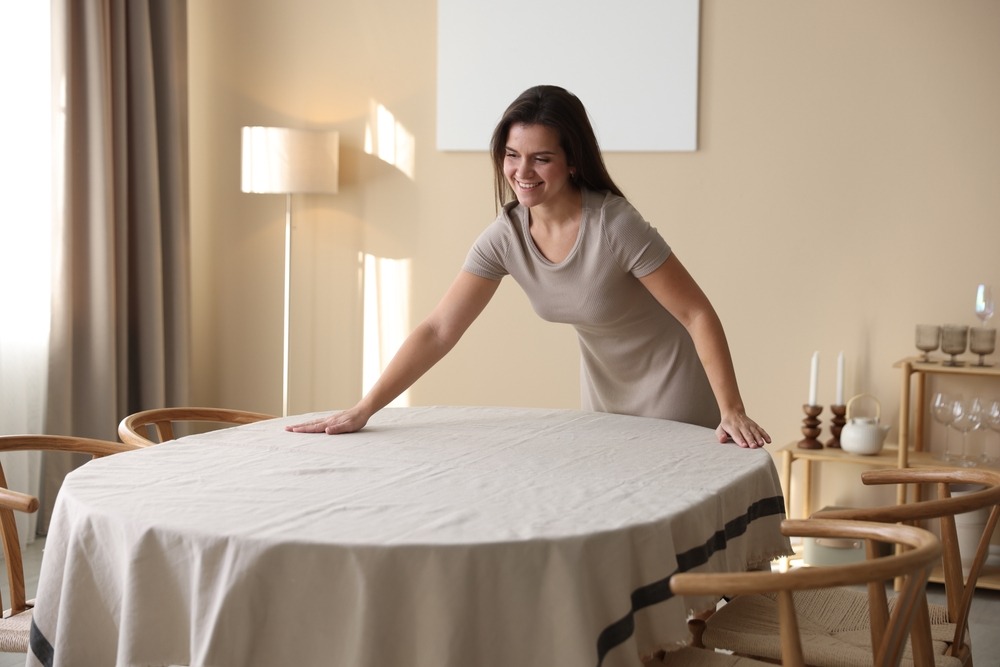
Are Natural Fiber Linens “Better”?
Many people ask, “Is linen eco-friendly?” However, we cannot provide a clear yes or no answer. The eco-friendliness of a textile depends on many discrete factors, which can influence its overall environmental impact.
Natural linen, for example, is biodegradable. It uses less pesticide and possibly less water, depending on how it’s grown. As a result, it typically has a lower environmental impact at the end of life.
However, natural fibers aren’t inherently “eco-friendly” if grown or processed poorly. There are still dyes, water, energy, and transportation involved.
Synthetic or blended fabrics can sometimes outperform poorly made natural fibers. That’s especially true in a rental model where durability and reuse are high. This includes fabrics like polyester if well used, well washed, and well maintained over time.
Consider a textile’s lifecycle and usage when determining the true sustainability level overall
Quick Facts About Sustainable Linens
Let’s take a look at the sustainability of rented linens by the numbers. The data can help illustrate the true impact of choosing linen rental for events.
- Extending the active life of a textile by just nine more months can reduce its water, waste, and carbon footprint by 20 to 30%.
- Reusing 1 kg of clothing or textile saves roughly 25 kg of CO₂ emissions compared to producing new textile materials.
- In the U.S., about 17 million tons of textiles were generated as municipal solid waste in 2018. Of those, only ~13 to 16% were diverted to recycling. The majority was incinerated or ended up in landfills. Rental models can help shift those numbers.
- Many studies focus on recycling. However, reuse tends to offer bigger environmental benefits when items are kept in use longer.
Regardless of the material, linen rental offers a more planet-friendly alternative to linen ownership or single-use products.
How to Make Rental Table Linens Part of Your Green Event Strategy
Here are a few practical tips so your sustainable linen choice makes the maximum environmental impact:
- Choose rentals over buying: Opt for sustainable linen rental rather than purchasing new items. Otherwise, inventory sits unused. Over time, it can depreciate or get damaged.
- Prioritize providers with eco policies: Ask about laundry efficiency, reuse, transportation, repair, and inventory turnover.
- Use neutral or durable colors and designs: Simple colors are more likely to be reused across many themes. Avoid trendy single-use colors that may fade or lose appeal.
- Plan for minimal waste: Return linens clean and avoid over-ordering. That helps reduce unnecessary packaging.
The key is reuse, careful management, and working with providers who follow green practices. When done well, linen rental can be a meaningful piece of your event’s sustainability story.
Explore Eco-Friendly Linen Rental with ASAP Linen
Renting instead of buying is a very effective way to choose sustainable table linens.
ASAP Linen makes it easy. Simply add the linens to your cart, and we’ll ship them to you shortly before your event. When the guests have gone home, just send them back to us in the provided packaging. We’ll handle the rest.
Ready to make your event planning business more sustainable? Check out our selection of tablecloth rentals for your next event!

